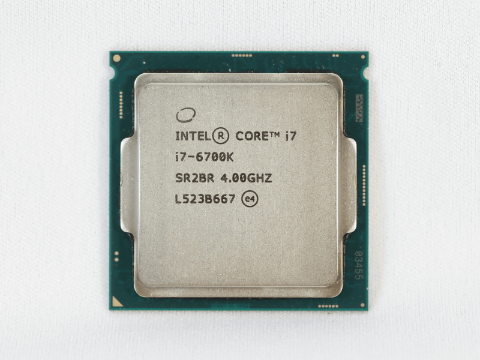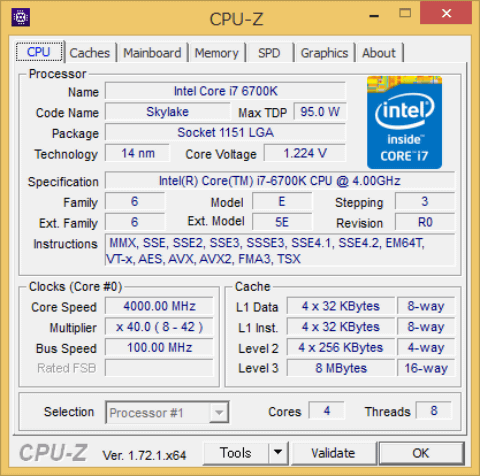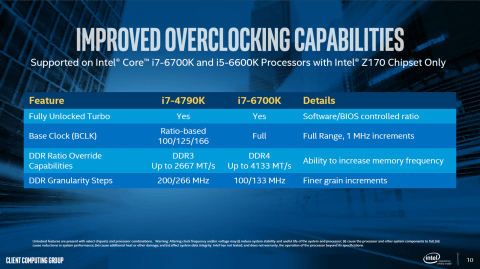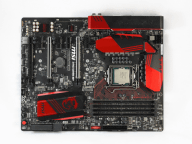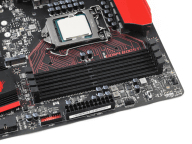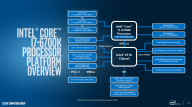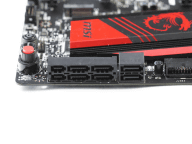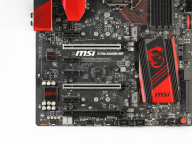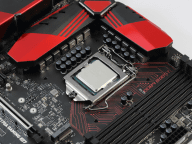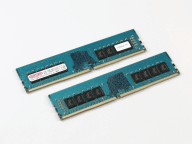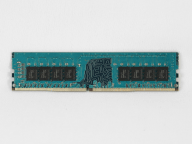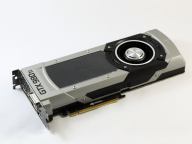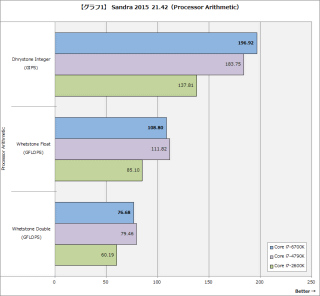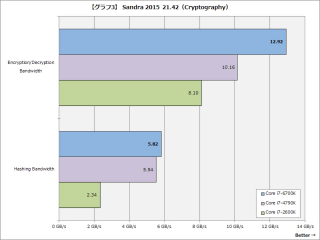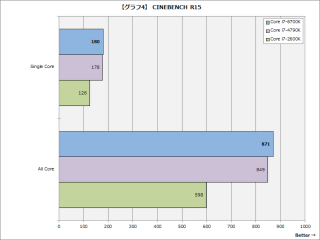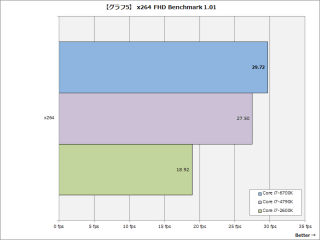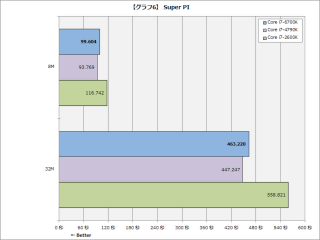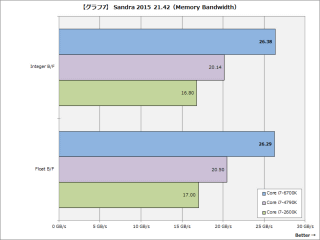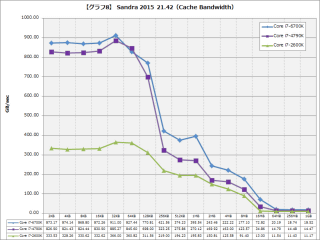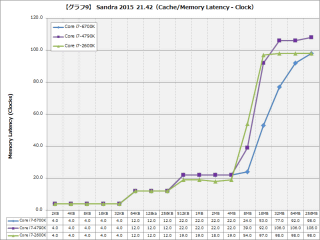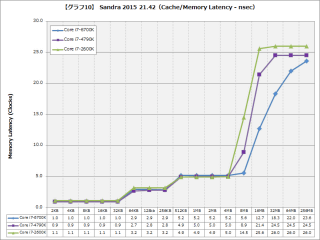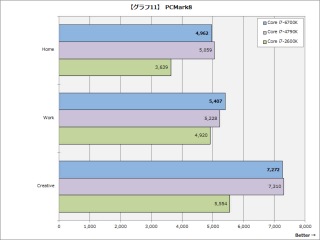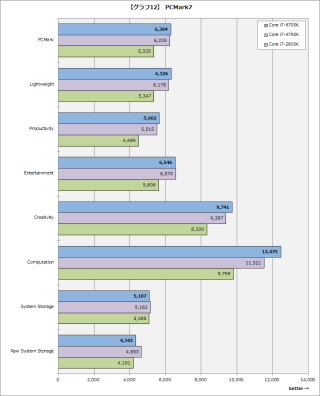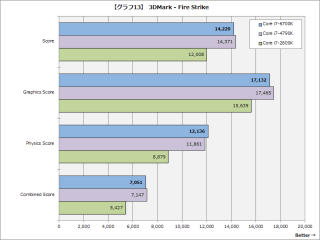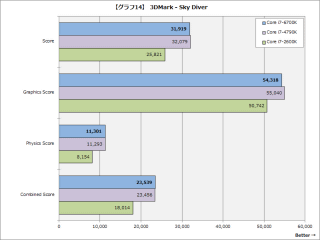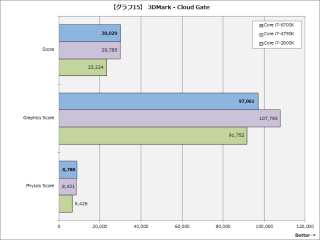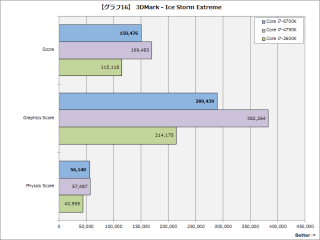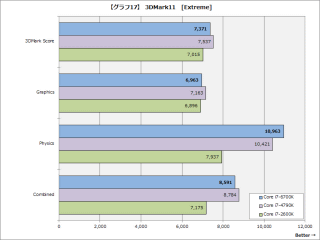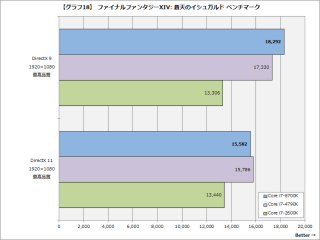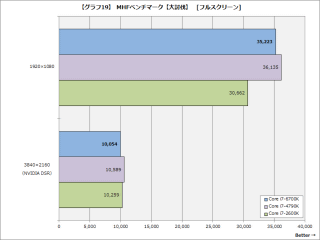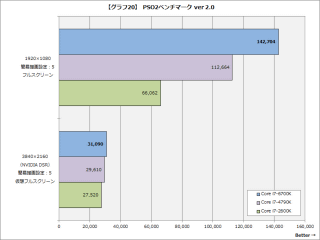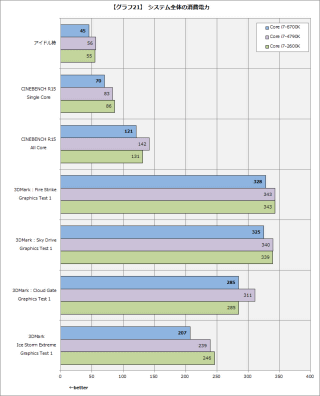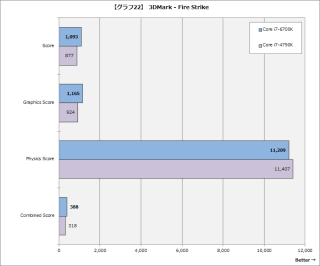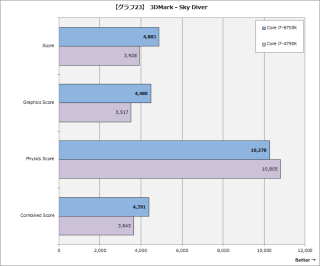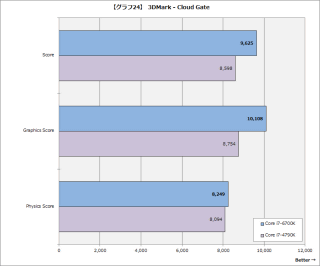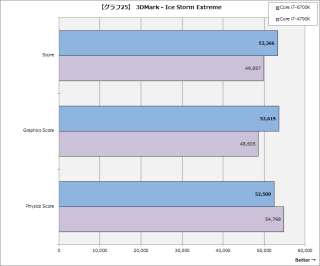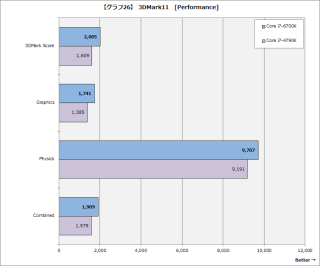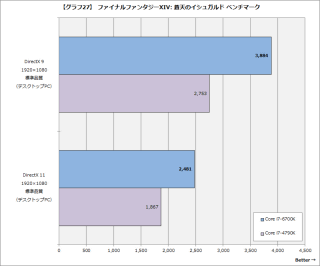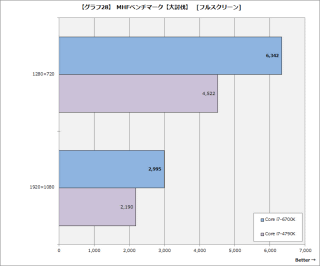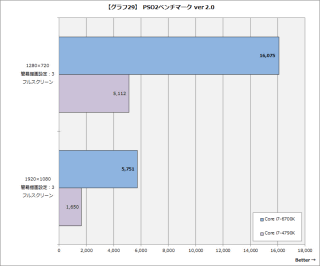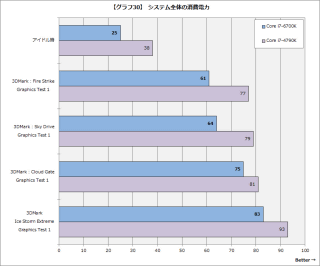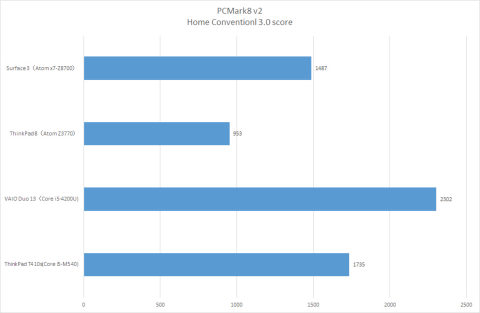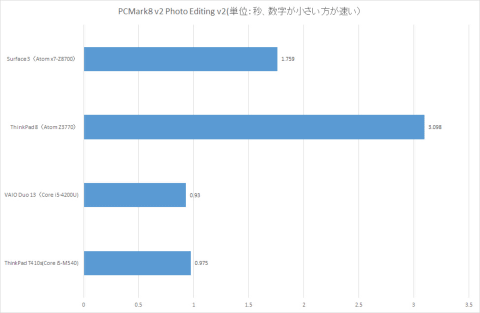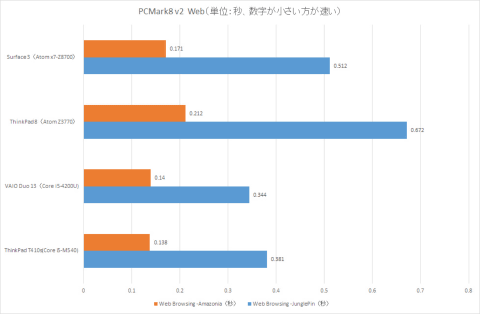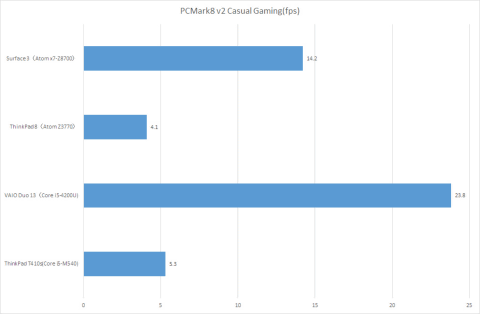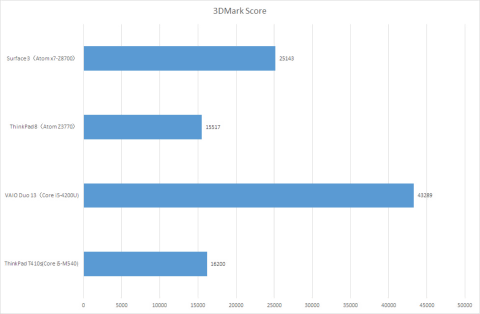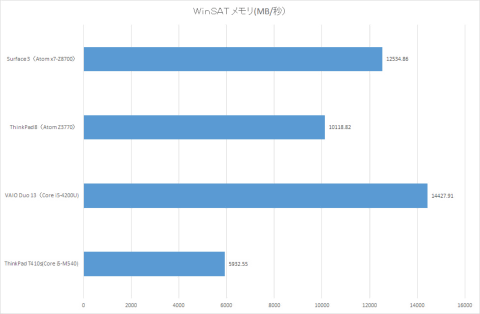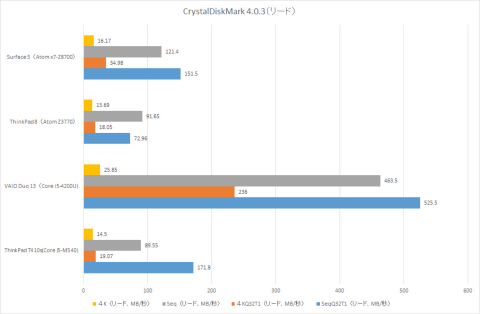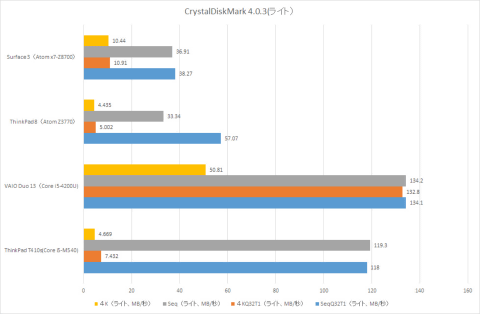최고의 공랭 cpu 쿨러 벤치마크
Top Tier CPU Air Coolers Q3 2015: 9-Way Roundup Review / www.anandtech.com
오늘의 출전 선수

The Be Quiet! Dark Rock Pro 3
The Cryorig R1 Ultimate
The Logisys (DeepCool) Gamer Storm Assassin
The Noctua NH-D15
The Phanteks PH-TC14PE
The Raijintek Tisis
The Reeven Okeanos RC-1402
The SilentiumPC Grandis XE1236
[ 쿨링 테스트 ]
Testing results, maximum fan speed (12 Volts)


| Core Temperature, Constant Thermal Load |
|
|


Testing results, low fan speed (7 Volts)


| Core Temperature, Constant Thermal Load |
|
|


[ 결론 ]
| 9-Way CPU Cooler Quick Conclusions | |||
| Priority | Cooler | Reason | |
| Best Thermal Performance |
Noctua NH-D15 $93 |
Reeven Okeanos 60€ (≈$54*) |
If raw thermal performance is the only concern, these two air-based coolers offer the best there is. Arguably, the Okeanos is far too loud but, even though the high performance solely comes from strong fans, it retails for nearly half the price of the NH-D15. Therefore, the final selection depends on secondary targets and the budget. |
| Quietest | Thermalright Macho Zero $65 (no fan) |
Be Quiet! Dark Rock Pro 3 $86.50 |
When low noise is the primary selection factor, Thermalright wins hands down. Be Quiet!'s Dark Rock Pro 3 would be our next choice, as it is a complete solution with fans and offers better thermal performance at comparatively low noise levels. |
| Best Value | SilentiumPC Grandis XE1236 £34.90 (≈$45*) |
Phanteks TC14PE $80 |
Out of the nine coolers of this review, the Grandis may not be the best performer but it is by far the cheapest. For those that are satisfied with good performance and just want a good cooler, it will not disappoint. For those in the US, Phanteks' TC14PE offers very good quality and performance at a competitive price. |
| Realistic selection (or what I, as an enthusiast/overclocker, would buy) |
Noctua NH-D15 $93 |
To my eyes, Noctua's NH-D15 is the most balanced product of this review. It offers excellent thermal performance at reasonable noise levels, the quality is exceptional, all while the retail price is not extravagant. | |
최고 성능 = Noctua NH-D15 / Reeven Okeanos
정숙성 = Thermalright Macho Zero / Be Quiet! Dark Rock Pro 3
가성비 = SilentiumPC Grandis XE1236 / Phanteks TC14PE
현실적인 선택 = Noctua NH-D15
'월드 벤치마크' 카테고리의 다른 글
| 지포스GTX 타이탄X vs 지포스GTX 980 성능 비교 (0) | 2015.09.16 |
|---|---|
| AMD 라데온R9 나노vs지포스GTX 970 성능 비교 (0) | 2015.09.15 |
| 스카이레이크vs하스웰 리프레시(Core i7-6700K,4790K) (0) | 2015.09.15 |
| AMD 라데온R9 퓨리X 성능 확인 (0) | 2015.09.15 |
| 인텔 아톰x7-Z8700 체리트레일 성능 (서피스3) (0) | 2015.09.15 |

















